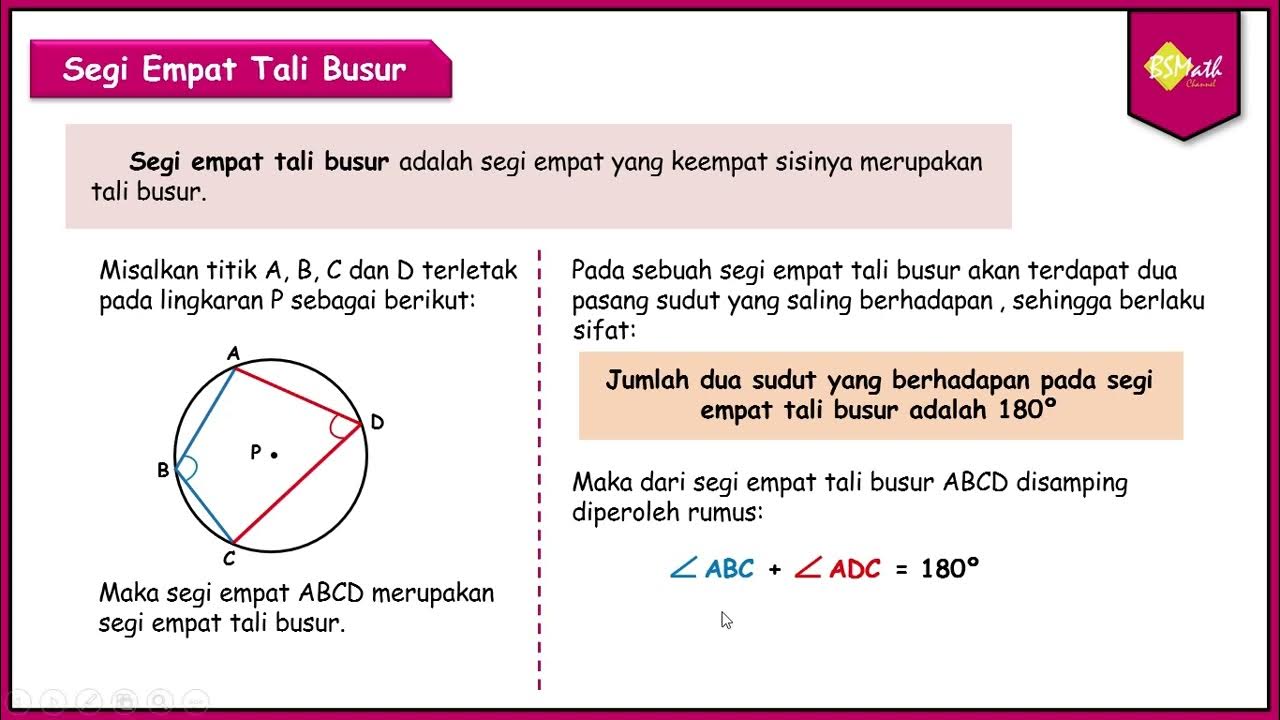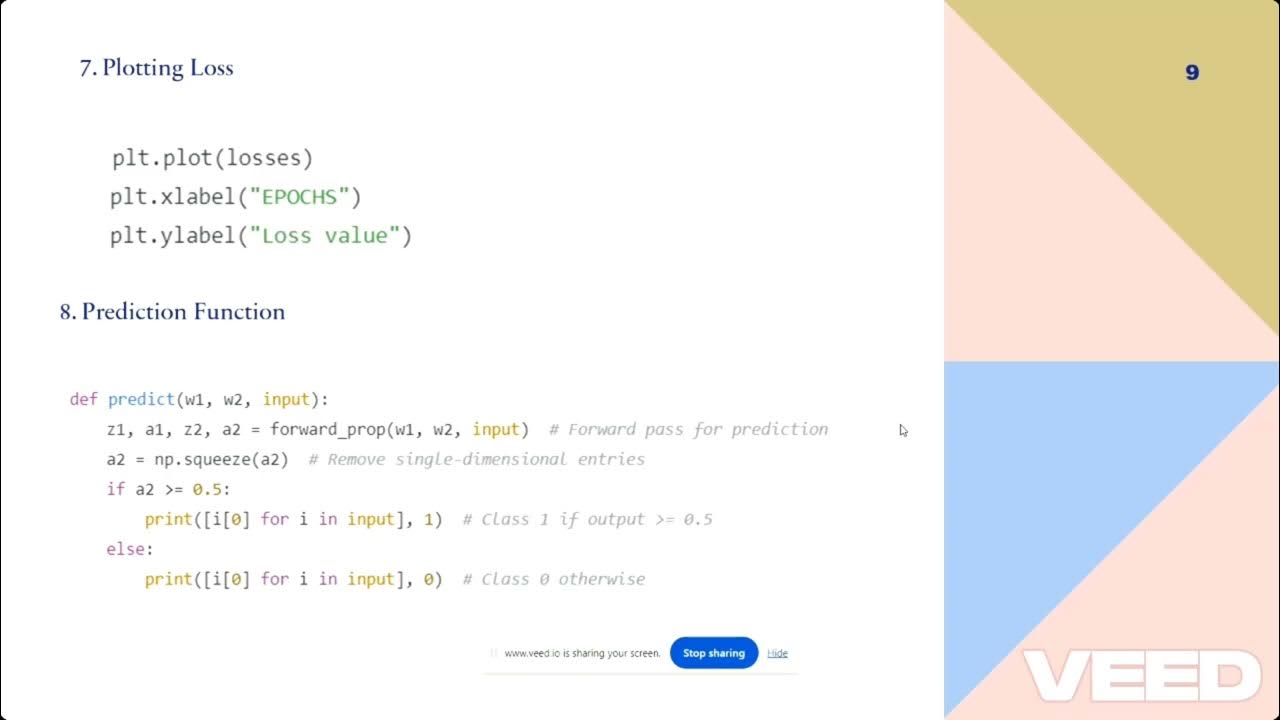Maximum volume cylinder, using DERIVATIVES (Optimization)
Summary
TLDRIn this video, the host solves a derivative application problem involving a cylindrical container. The goal is to determine the optimal dimensions (radius and height) for the cylinder to maximize its volume, given that the surface area is fixed at 2,480 square centimeters. The process involves setting up equations for volume and surface area, using derivatives to find the critical points, and verifying the result with the second derivative test. Ultimately, the optimal radius and height are found to be 16.22 centimeters, demonstrating the power of optimization in real-world problems.
Q & A
What is the problem in the video about?
-The problem is about constructing an open-top cylindrical container with a surface area of 2,480 square centimeters and finding the dimensions (radius and height) that maximize the volume of the cylinder.
What is the goal of the optimization problem?
-The goal is to determine the dimensions of the cylinder that maximize its volume using the given surface area.
What are the two key variables involved in the volume equation of a cylinder?
-The two key variables are the radius (r) and the height (h) of the cylinder.
How is the volume of the cylinder calculated?
-The volume of a cylinder is calculated using the formula: V = πr²h, where r is the radius and h is the height.
How can we eliminate one of the variables (r or h) to simplify the problem?
-We use the given surface area of 2,480 square centimeters to create an equation involving both r and h. By solving this equation for one variable (in this case, h), we can substitute it into the volume formula, leaving only one variable to work with.
What is the formula for the surface area of the cylinder without the top?
-The surface area consists of the lateral area and the area of the base. The lateral area is 2πrh and the base area is πr². The total surface area is therefore 2πrh + πr².
What does the equation 2πr² + 2πrh = 2,480 represent?
-This equation represents the total surface area of the open-top cylinder, where 2πr² is the area of the base and 2πrh is the lateral area. The total surface area is given as 2,480 square centimeters.
How do we find the critical point for maximizing the volume?
-We find the critical point by taking the derivative of the volume function with respect to r, setting it equal to zero, and solving for r. This gives us the radius at which the volume is maximized.
What is the second derivative test used for in this problem?
-The second derivative test is used to confirm whether the critical point corresponds to a maximum or a minimum. If the second derivative is negative, the point is a maximum.
How do we calculate the height of the cylinder after finding the radius?
-After finding the radius using the critical point, we substitute it back into the equation for h (h = 2,480 - πr² / 2πr) to find the corresponding height.
Outlines

This section is available to paid users only. Please upgrade to access this part.
Upgrade NowMindmap

This section is available to paid users only. Please upgrade to access this part.
Upgrade NowKeywords

This section is available to paid users only. Please upgrade to access this part.
Upgrade NowHighlights

This section is available to paid users only. Please upgrade to access this part.
Upgrade NowTranscripts

This section is available to paid users only. Please upgrade to access this part.
Upgrade NowBrowse More Related Video

Your First Basic CALCULUS Problem Let’s Do It Together….

⚖️ Hukum Lavoisier: Kekekalan Massa dalam Reaksi Kimia! | Kimia Kelas 10 🧪

Segi Empat Tali Busur Lingkaran - Matematika SMA Kelas XI Kurikulum Merdeka

Is 1/4 of the circle shaded? Most students get this wrong

Multi-layer perceptron on any non-linearly separable data

Solución de problemas con Ecuaciones de Primer Grado | Ejemplo 5
5.0 / 5 (0 votes)